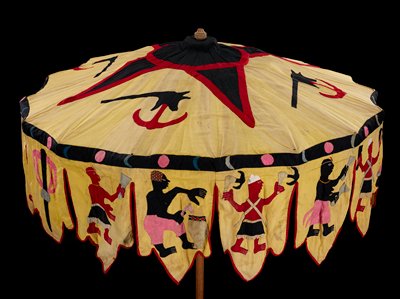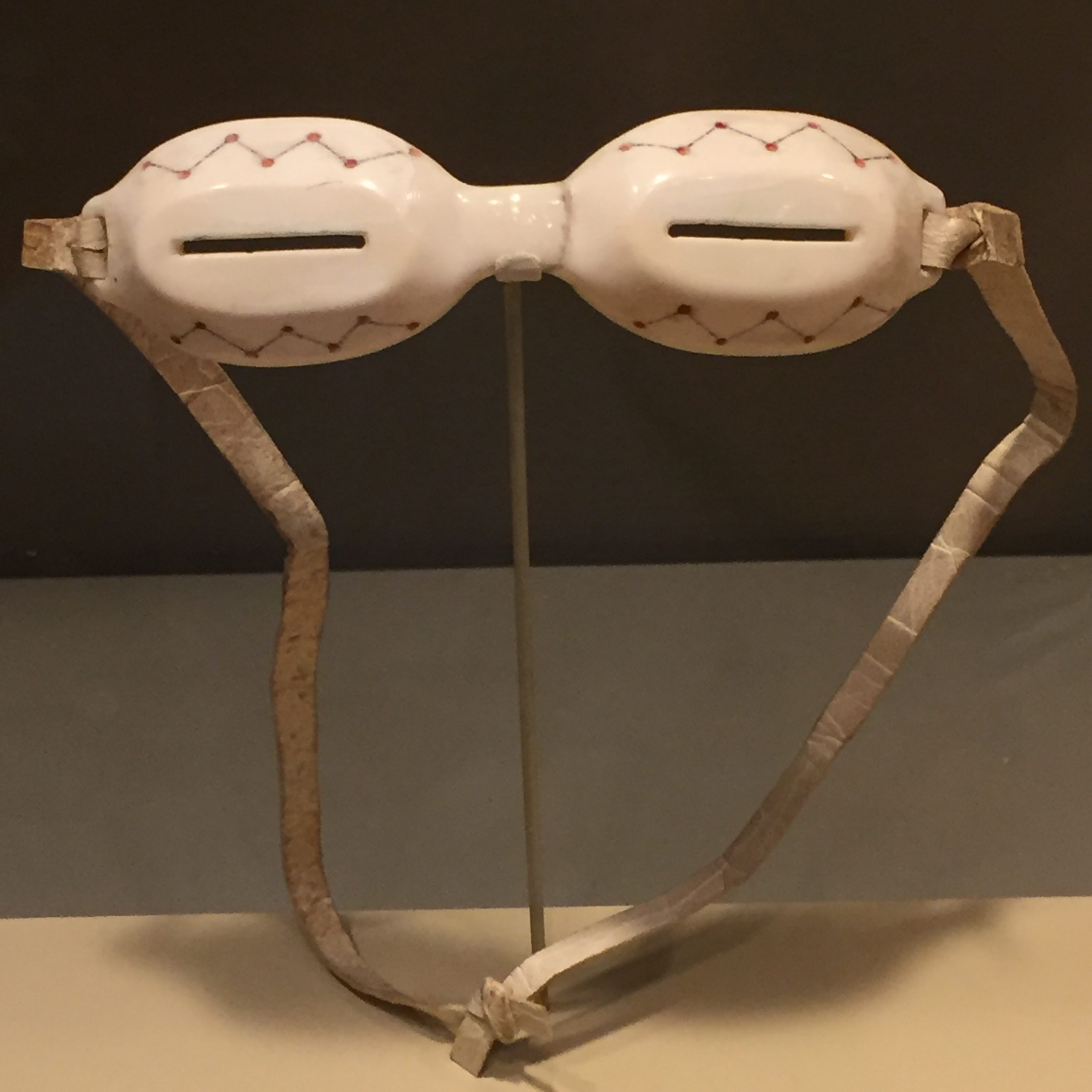It will last less than three minutes. But on August 21, when the sun will be totally blocked by the moon in parts of the United States for the first time since 1979, some schools will close, traffic will back up from Oregon to Appalachia, and inevitably we will hear that the world is ending. It’s being billed as the Eclipse of the Century.
Mia’s Newsroom team is no less obsessed, and has studied the museum’s collection to understand how the sun—and its absence—has been depicted through the centuries. Here are five artworks showing that our relationship with the sun is as complicated as it is essential.
 Vincent Van Gogh’s Olive Trees, painted in 1889
Vincent Van Gogh’s Olive Trees, painted in 1889
Try to imagine this painting without a sun. It is its vortex. The brush strokes radiate from it, emitting waves of lurid light across every edge of the canvas. Without that big yolky orb, the center does not hold. The trees wither. The olives stay hard. The heat fails to brighten our faces.
Vincent van Gogh was by all accounts not a sunny guy. Nevertheless, he painted five large canvases with sunflowers in a vase, inspired by those he saw in Arles, France. The sunflower paintings had a special significance for the artist: they communicated “gratitude,” he wrote. And now we are grateful to him.
 Philippe Grasse’s Icarus Making Trial of His Wings, modeled in 1831
Philippe Grasse’s Icarus Making Trial of His Wings, modeled in 1831
The sun is dangerous. Just ask Icarus, who famously flew too close to it and plunged to his death. But it’s even more dangerous when it’s hidden by an eclipse. That’s because the darkness accompanying an eclipse overrides the natural tendency to squint and avert your eyes—so you expose your retina to more ultraviolet radiation, even if only a sliver of sun is visible, possibly doing permanent damage.
Icarus of course is now a metaphor for any unchecked ambition, but in this case his story is a more literal warning. We know the dangers, but how many of us will be unable to resist?
If you’re determined to see a solar eclipse, you’re going to need some technology. A pinhole camera will do the trick and is a centuries-old tool. Or you can purchase special glasses for the occasion.
These goggles in gallery G260 look like they might work, but no such luck. They were made by Native Inuit people living in the Arctic and protected the wearer from wind and blowing snow. They also limited the intensely bright sun that can reflect off the snow. Still, not a safe tool for observing an eclipse.
 Clock by Jean-Antoine Lepine, painted by Joseph Coteau, from around 1789
Clock by Jean-Antoine Lepine, painted by Joseph Coteau, from around 1789
The sundial was the first means of tracking time, using a shadow cast by the sun, which of course meant that no one knew what time it was at night (or during a solar eclipse). And it didn’t matter much—people slept all night and rose with the sun. But once people began staying up at night, as the French aristocracy did, they needed mechanical clocks unbeholden to the sun.
Still, clockmakers adopted a circular clock face, like a sundial, and sent the clock arms around in the direction of a sundial (in the northern hemisphere anyway, where sundials were invented). Perhaps this is what Jean-Antoine Lepine was suggesting with his marvelously sophisticated clock, an homage to the ancient way of charting our progress through the solar system.
 Royal parasol from the Fon Kingdom, made in the mid to late 1800s
Royal parasol from the Fon Kingdom, made in the mid to late 1800s
Umbrellas shield us from the rain; parasols (literally “defense against the sun” in French) block out the sunshine. In tropical countries, relief from the heat—in the form of shade—is a luxury. As with anything desirable, access to this creature comfort can be regulated so that those in power get first dibs.
In the Fon Kingdom of Dahomey, parasols signaled the political prestige of those who sat beneath them. One French visitor to the Fon court in 1776 noted, “One has to be at least an Army Captain to have the right to use a parasol.” For the Dahomey king, the parasol has additional symbolic meanings, among them, “The king overshadows his enemies.”
Lead image: All-American Sunset by Jerry N. Uelsmann, shot in 1971 and printed in 1972.
Alex Bortolot and Diane Richard contributed to this story.


